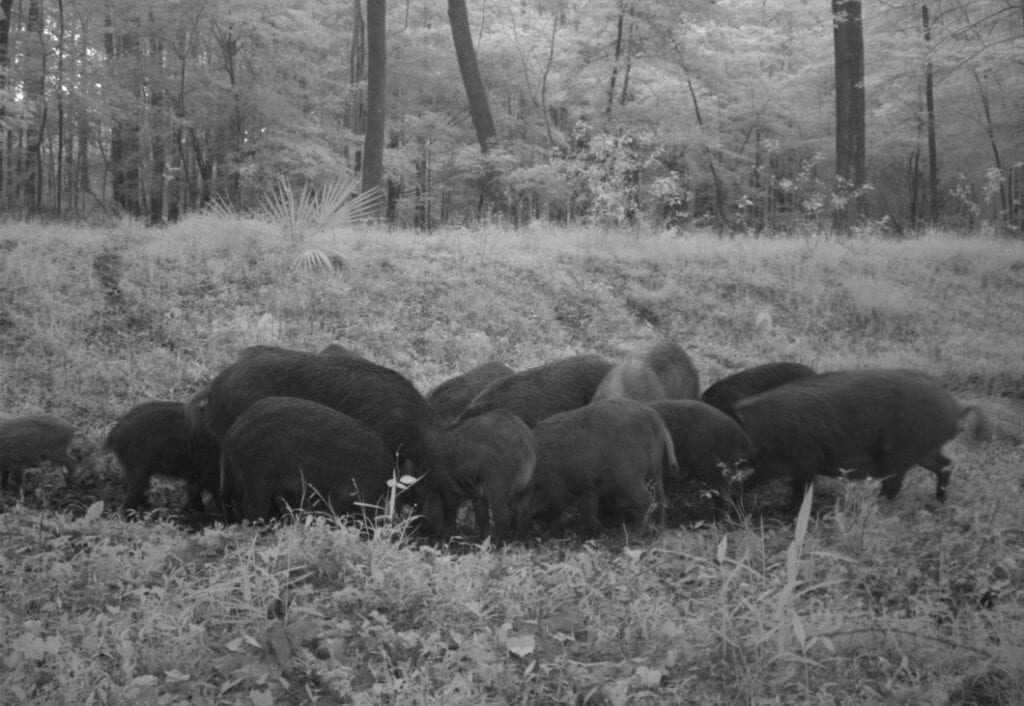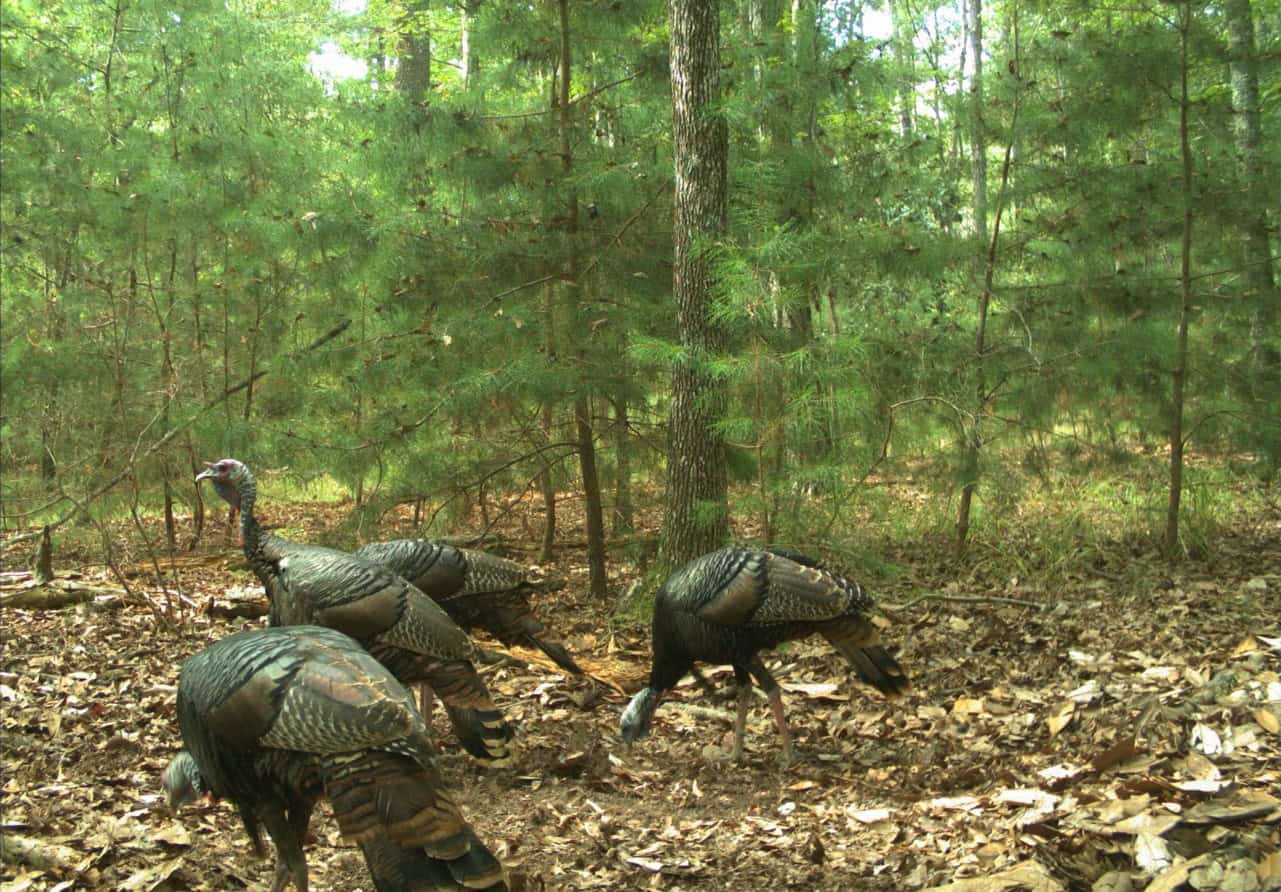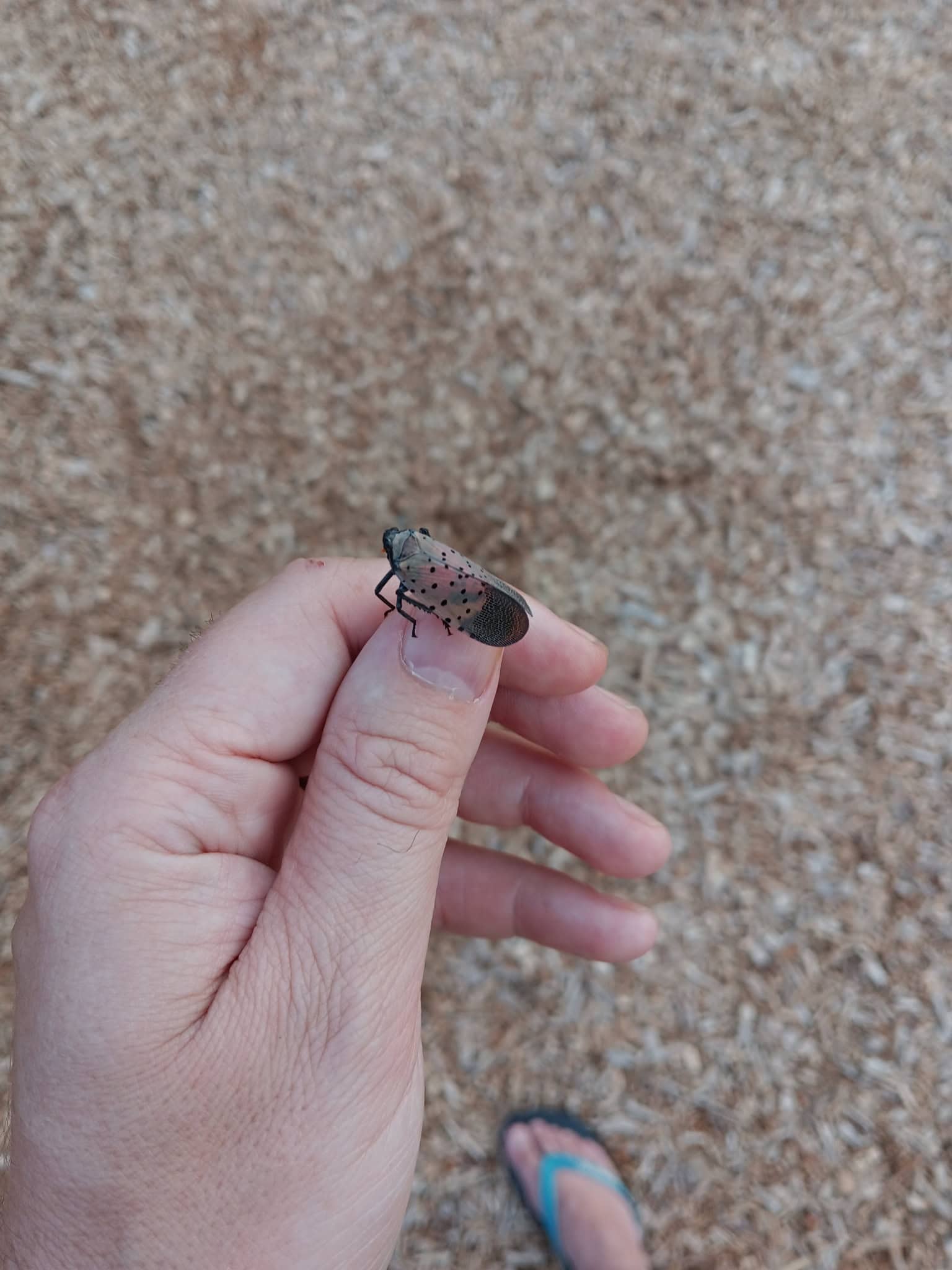Share this article
Wildlife Featured in this article
- Wild turkey
- Wild pig
JWM: Wild pig removal boosts turkey numbers
Swine are known nest predators in southeastern U.S.
Removing wild pigs can help boost turkey population numbers, according to management experiments in central Alabama, where numbers of the birds have been dropping.
“We found that both detection and relative abundance of turkeys increased as we were removing these pigs,” said Matthew McDonough, a PhD student at Auburn University in Alabama.
Wild pigs (Sus scrofa) have been known to prey on eastern wild turkeys (Meleagris gallopavo silvestris) nests. “We know that pigs eat eggs,” McDonough said. They also might outcompete turkeys for food and scare them off in some cases.
In a study published recently in the Journal of Wildlife Management, McDonough, a master’s student at Auburn at the time, and his colleagues set up an experiment to see how pig removal might affect turkey populations in collaboration with the U.S. Animal and Plant Health Inspection Service’s Wildlife Services.
They used trail cameras in central Alabama to conduct baseline surveys of the turkey and wild pig populations in the summer of 2018. They repeated the surveys during the spring of 2019. With this data, they created a census of pig sounders as well as the minimum known pig population.
Starting in 2019, the researchers began removing pigs at three sites—quite a bit more than they originally intended due to the relatively fast reproduction rate of pigs. “We were removing pigs that were being produced after we started our study,” McDonough said.
The team treated a fourth site as a control and didn’t remove pigs at all.
In all areas, the researchers put trail cameras at established turkey feeding sites, as well as random sites. They then observed these trail cameras to see how turkeys responded to pig removal.
Do wild pigs reduce wild turkey numbers?
Once the number of pigs removed from a site was equal to the baseline estimate, the team detected turkeys twice as much as when pigs were there. Relative turkey abundance was also 1.5 times higher in the removal areas than it was at baseline levels and compared to the control site where no pigs had been removed.
But they also found that there was some difference between the sites in terms of turkey presence. For example, the control site cameras captured photos of poults, while the treatment sites didn’t have any until after pigs were being removed. McDonough said this highlights that researchers still need to understand more about what appeals to turkeys at these sites in terms of nesting, whether pigs are there or not.

This finding also reveals that turkeys may not necessarily be reproducing more in the areas where pigs have been controlled—they are just recruiting more turkeys from surrounding areas.
Overall, McDonough said that researchers don’t necessarily believe that wild pigs are the sole or driving cause of turkey decline in Alabama and the U.S. Southeast due to their long history in the area. Factors like habitat change and overharvesting by humans may also play a role, McDonough said. But this study shows that managers may be able to help boost turkey numbers by controlling pig populations in a given area.
This article features research that was published in a TWS peer-reviewed journal. Individual online access to all TWS journal articles is a benefit of membership. Join TWS now to read the latest in wildlife research.
Header Image: Wild turkeys were found more often when pigs were removed. Credit: Matthew McDonough








